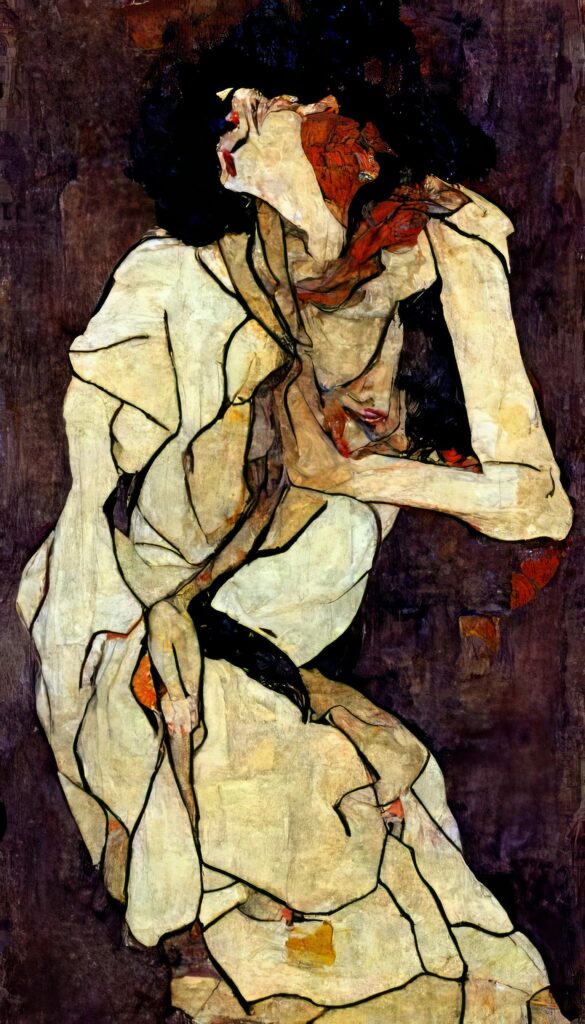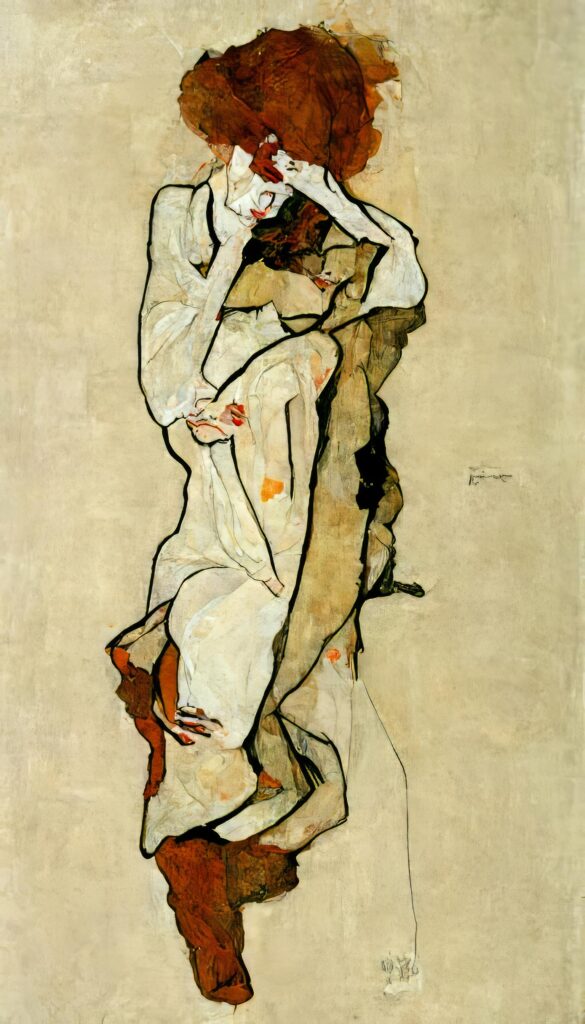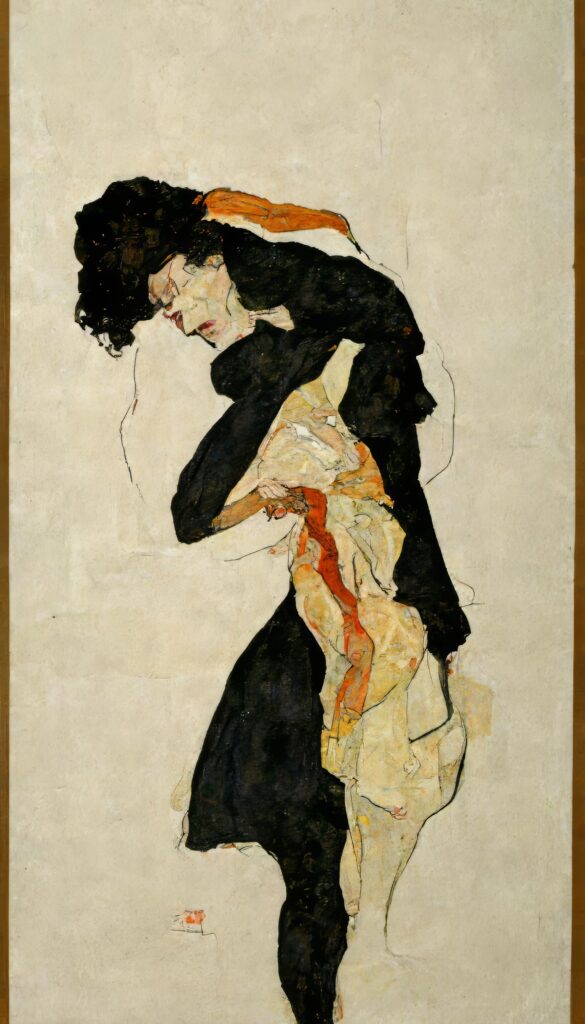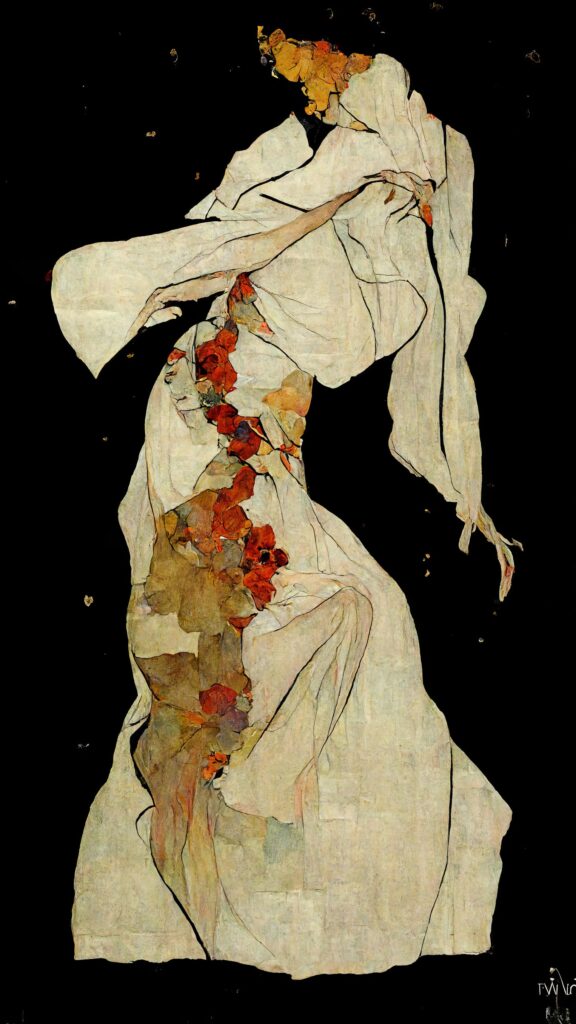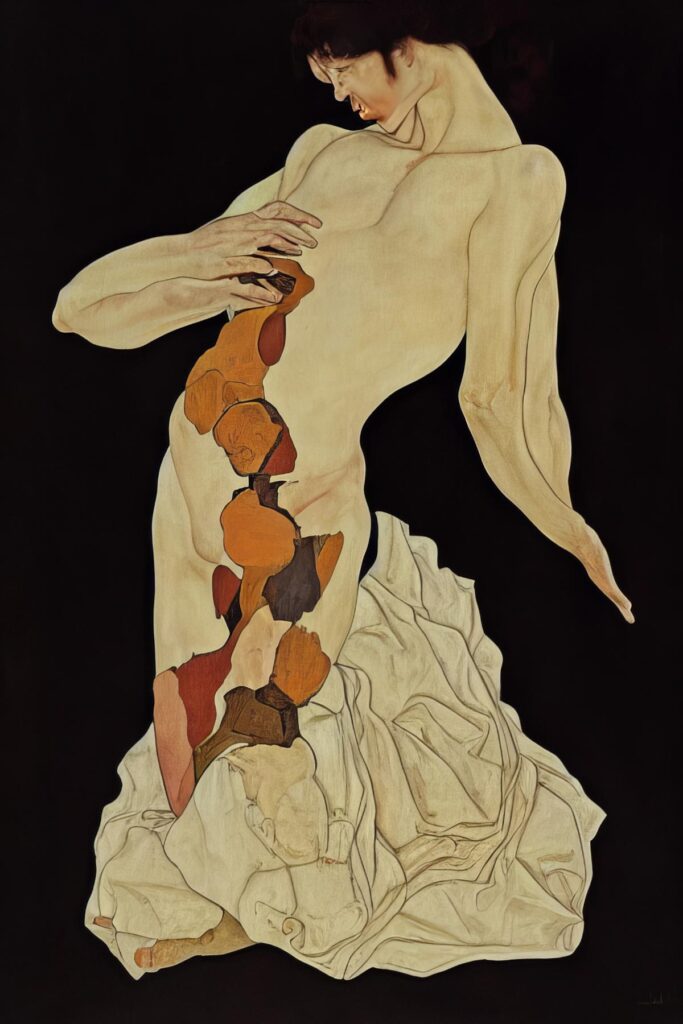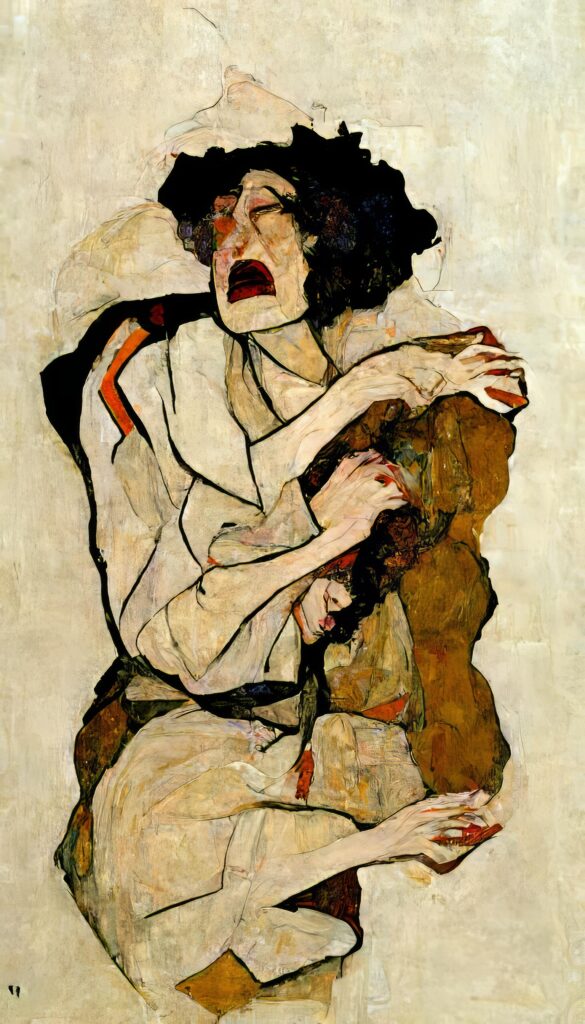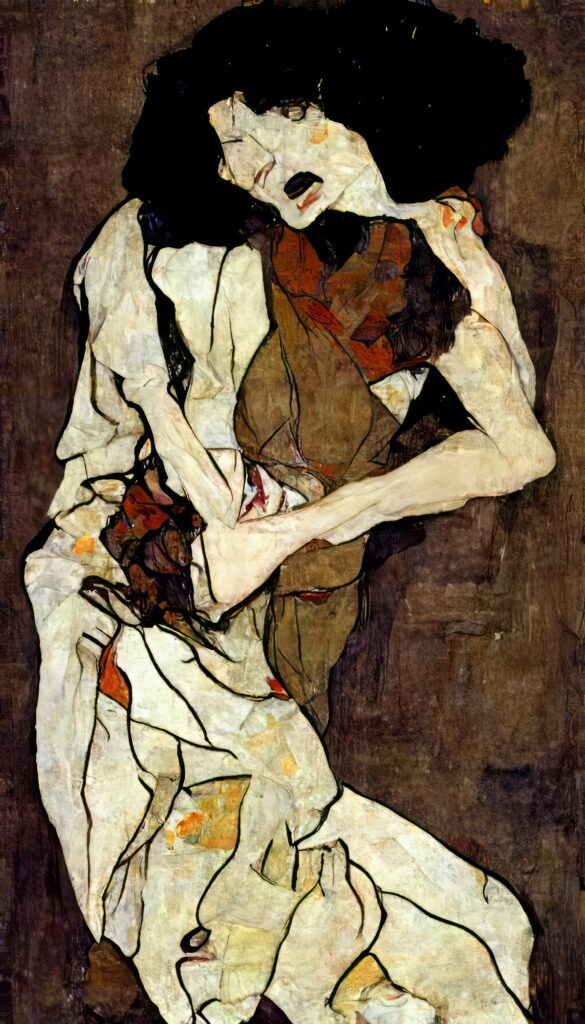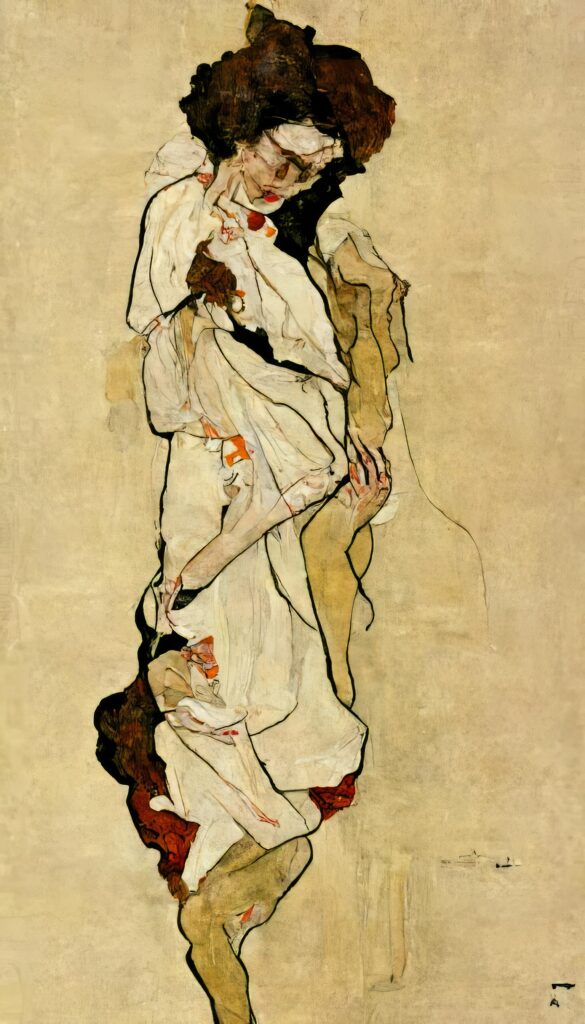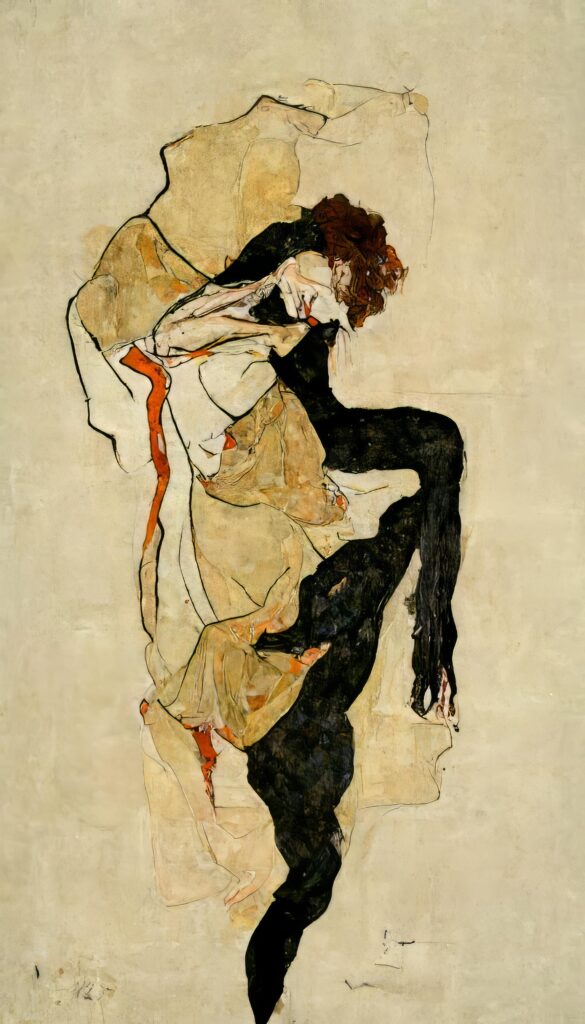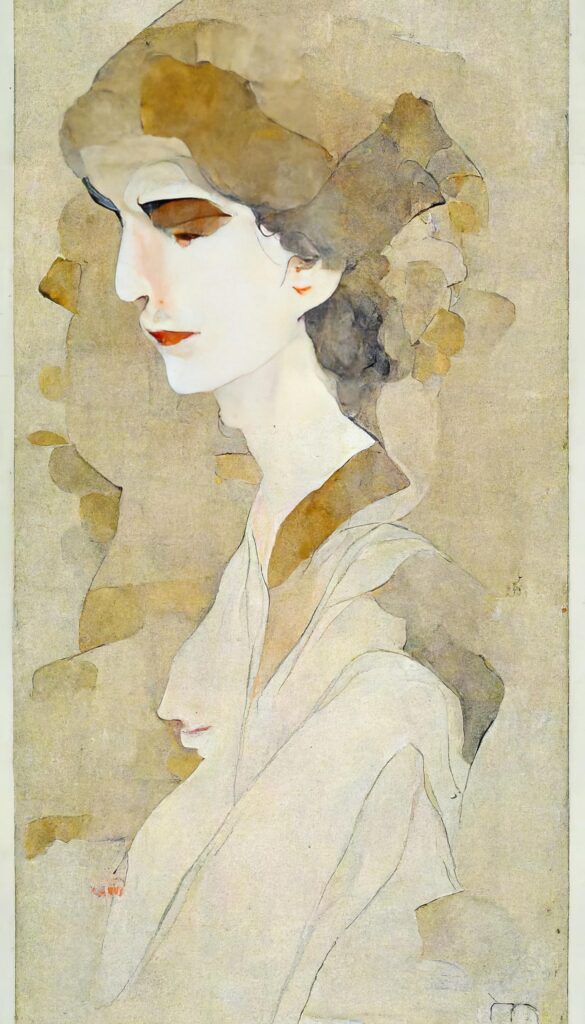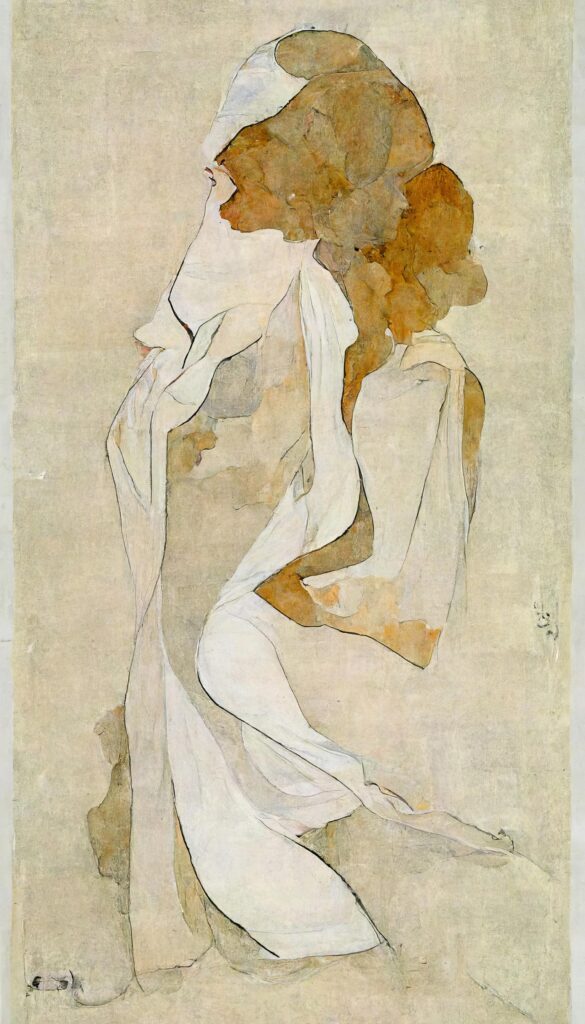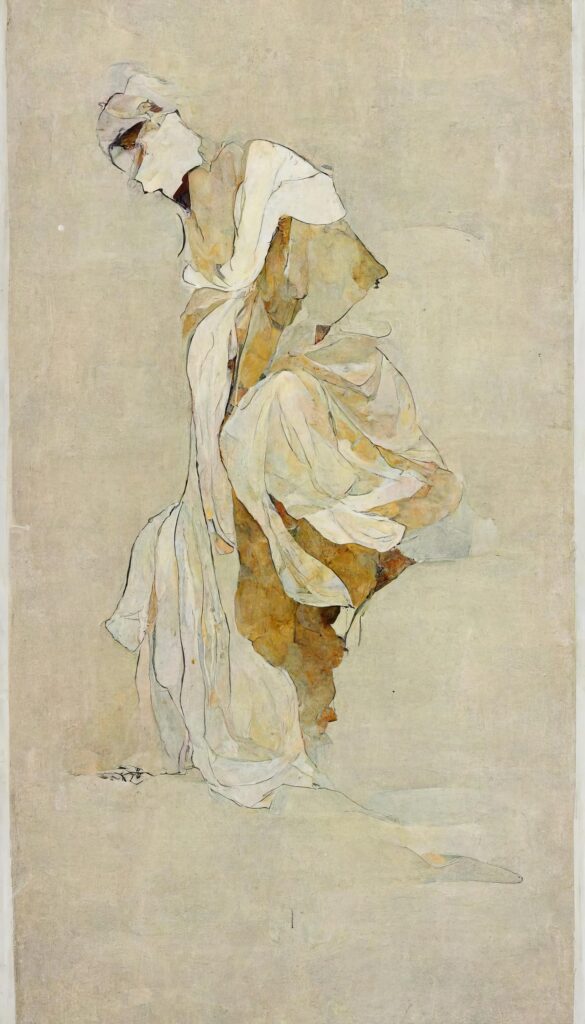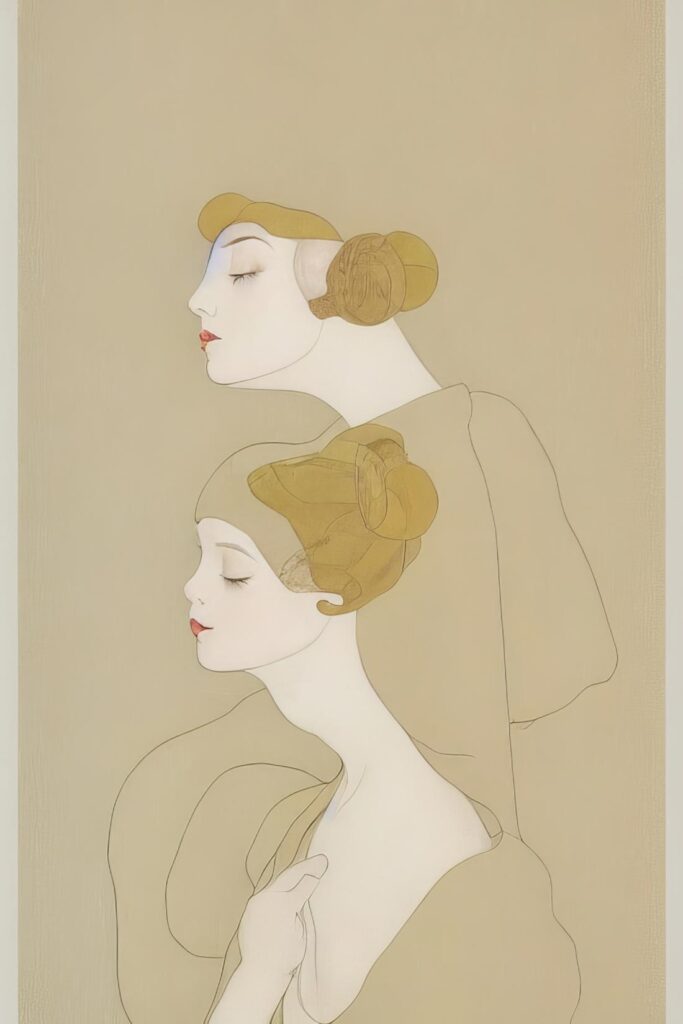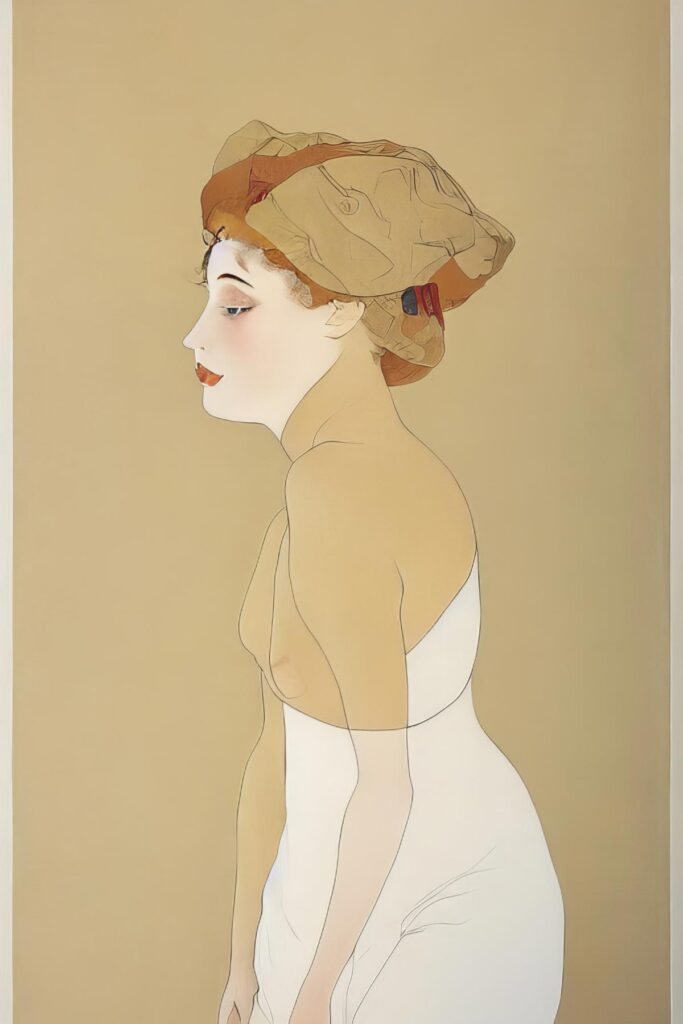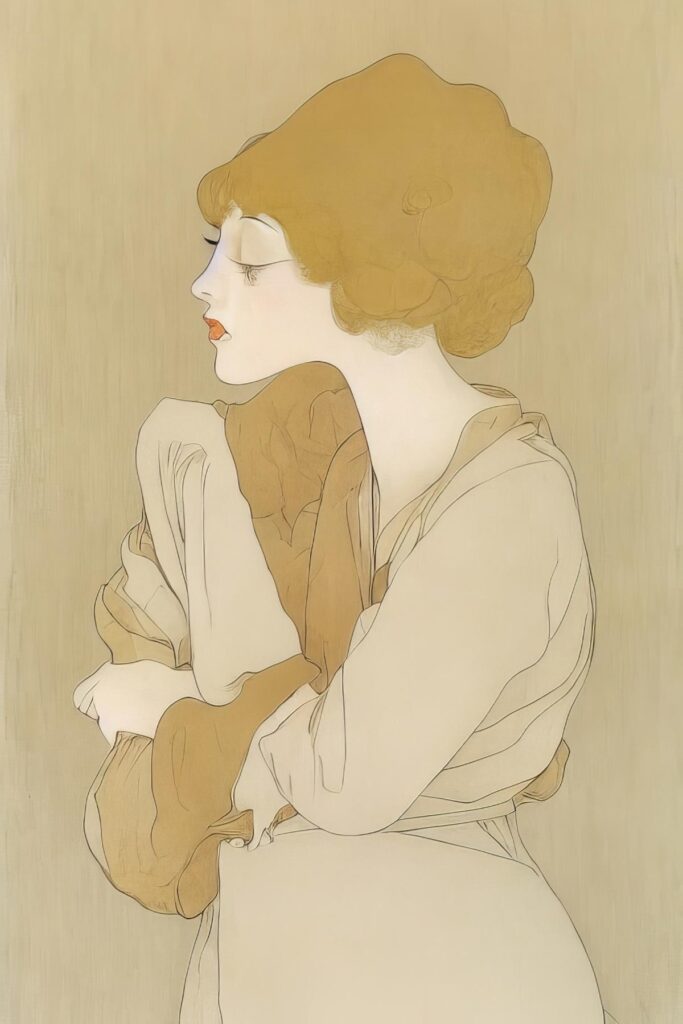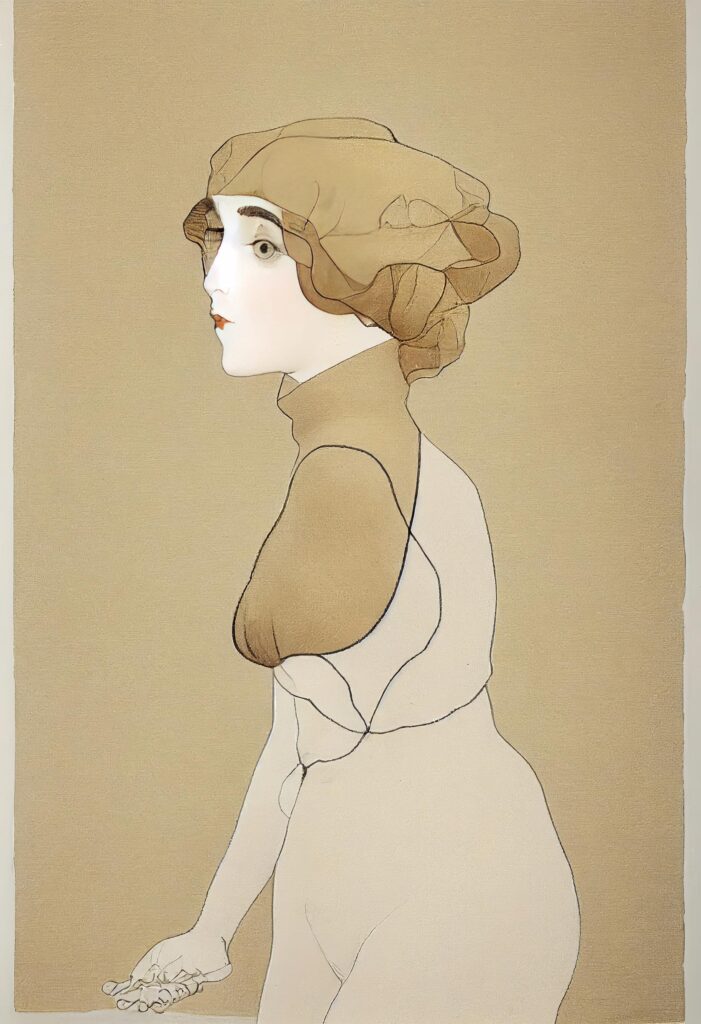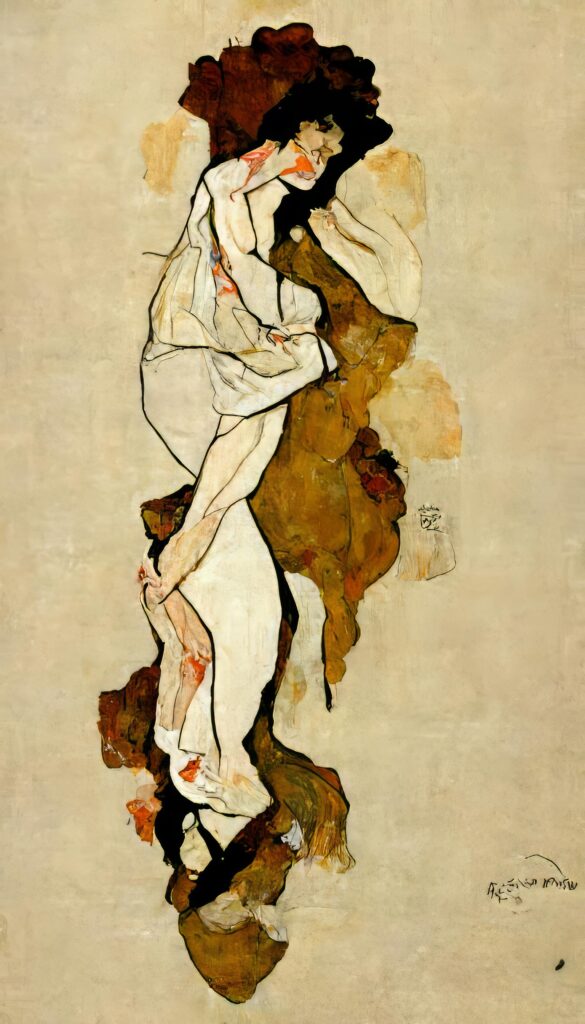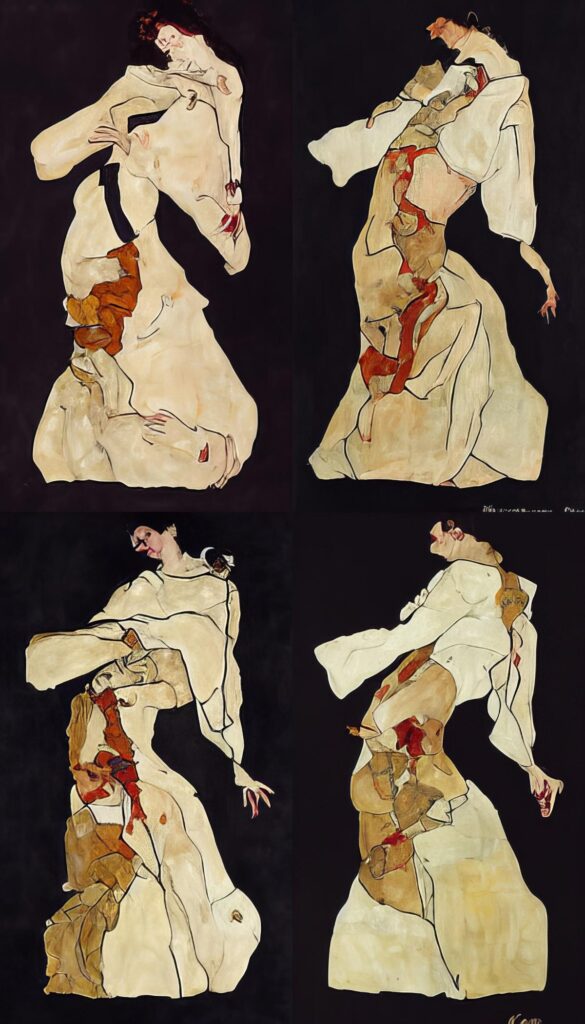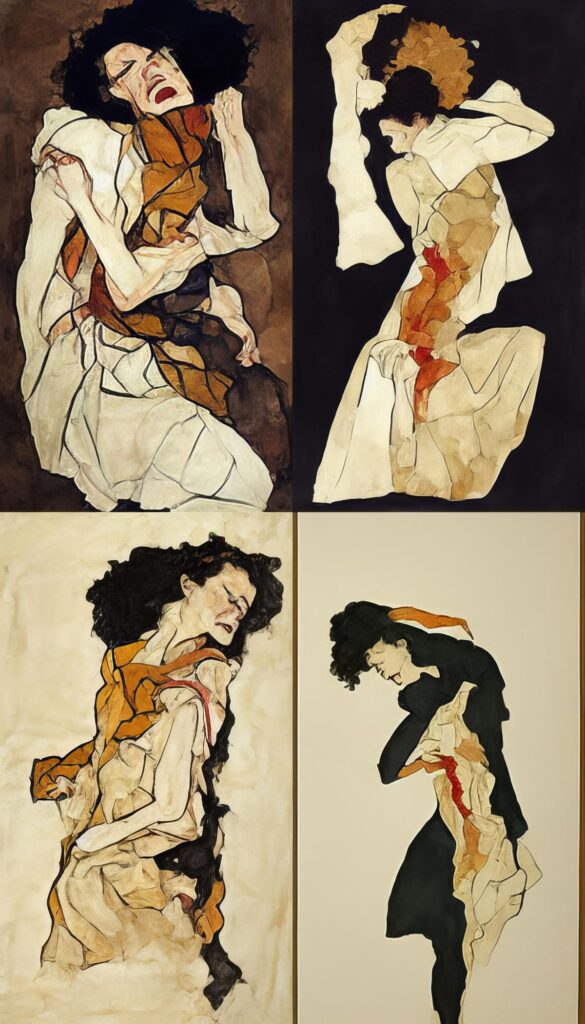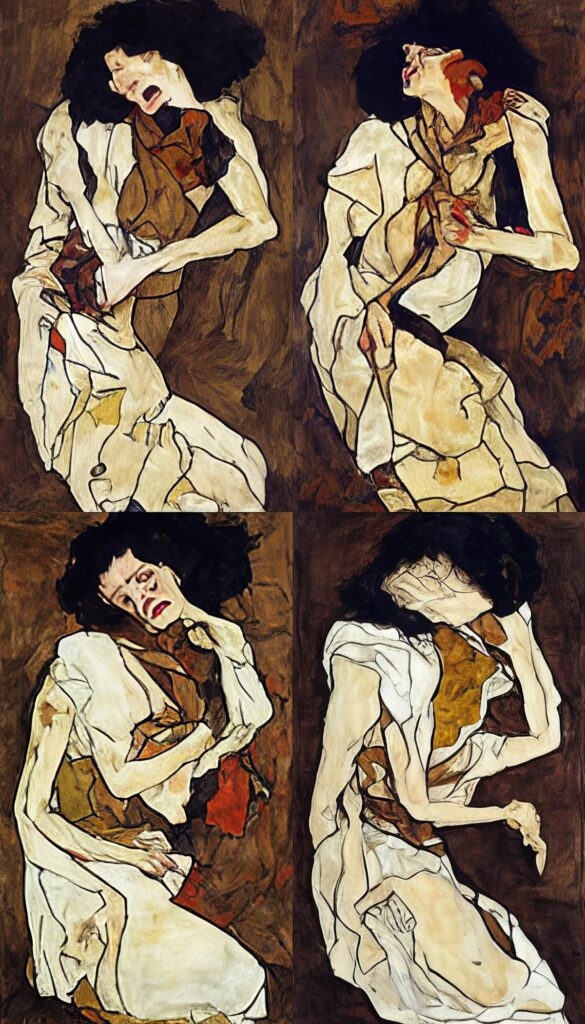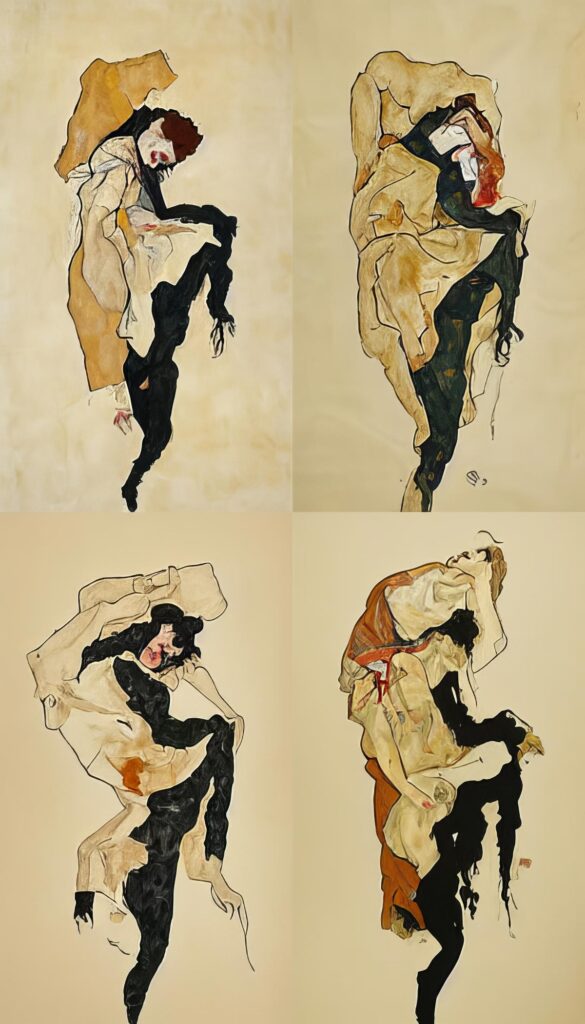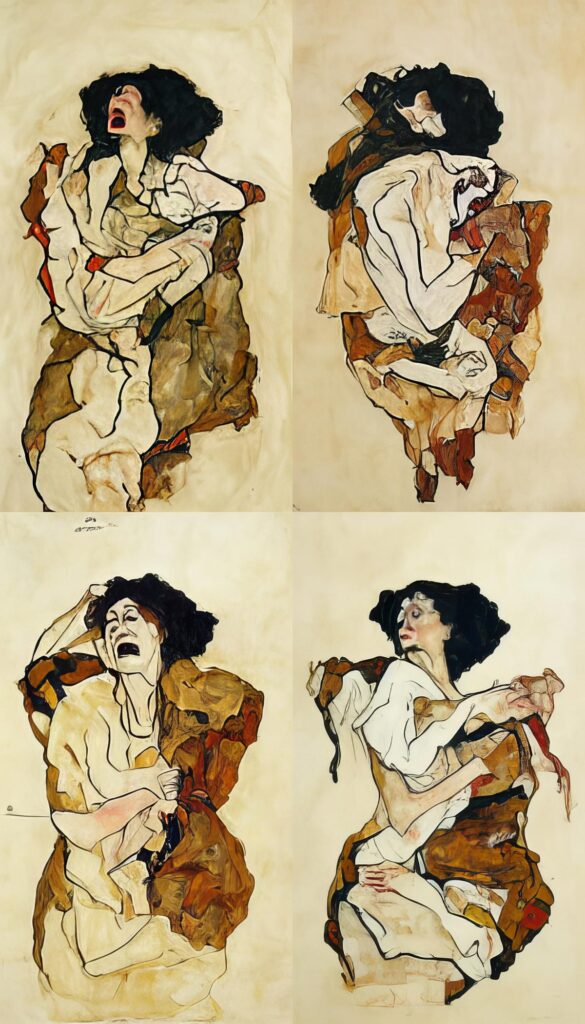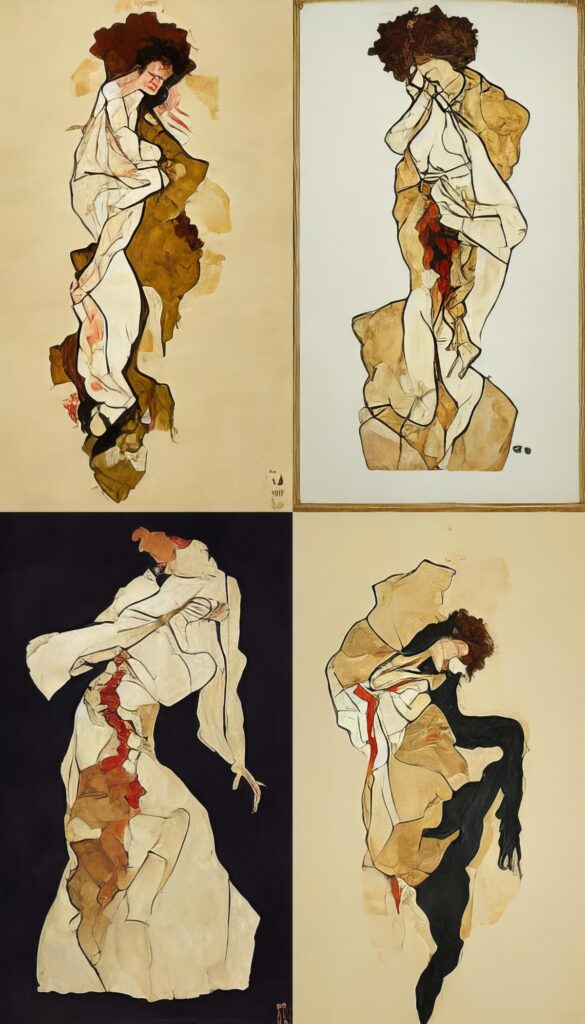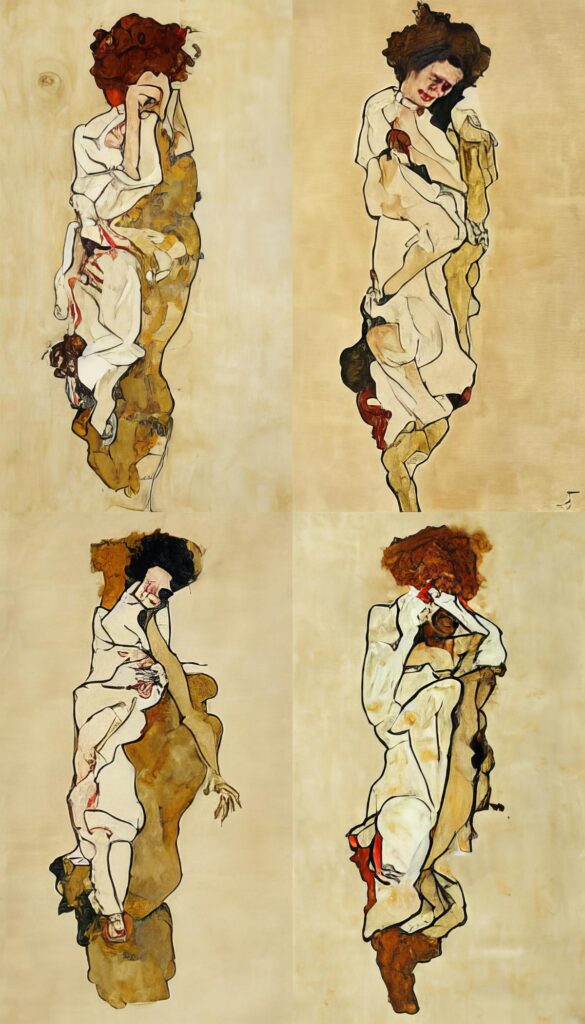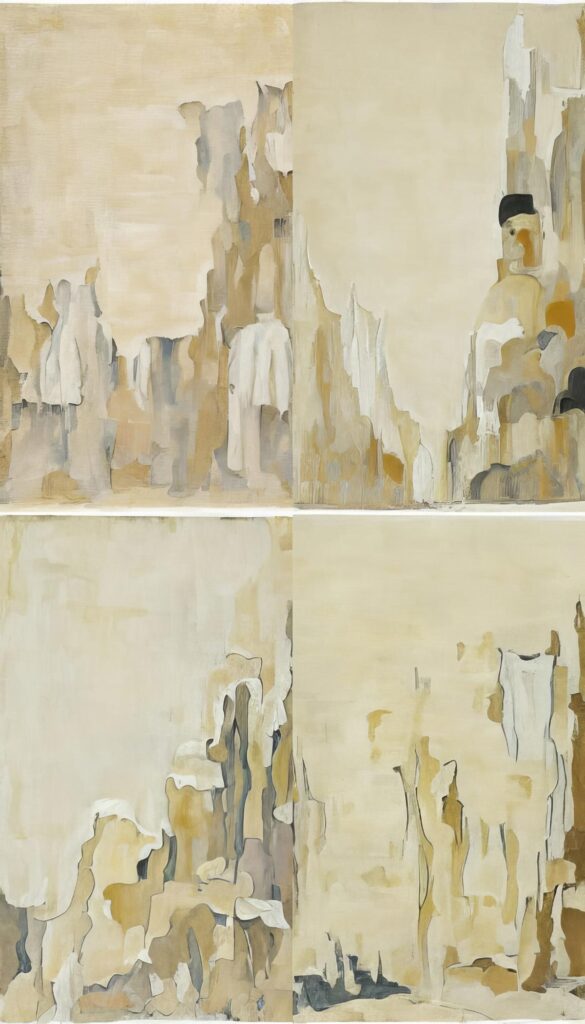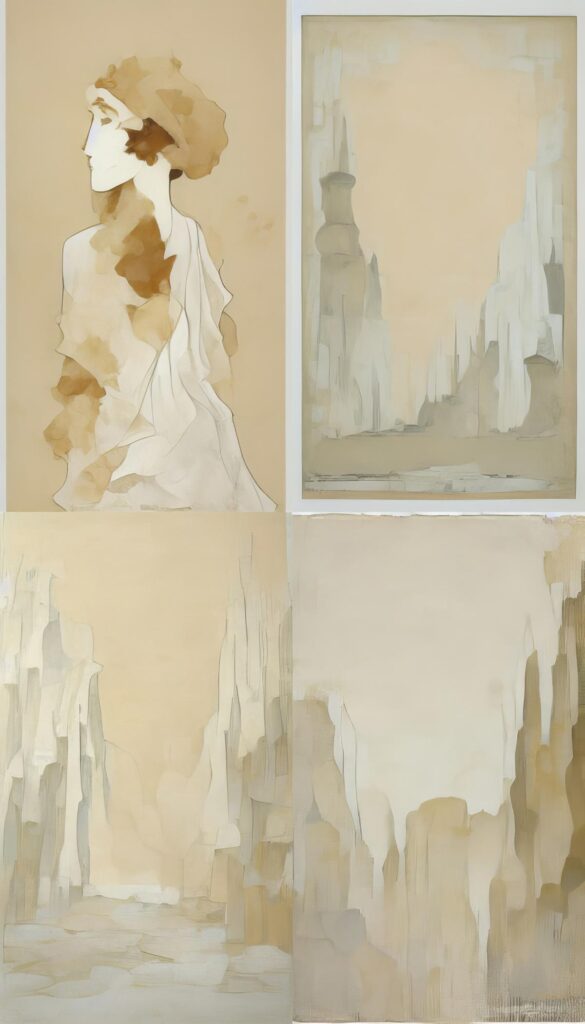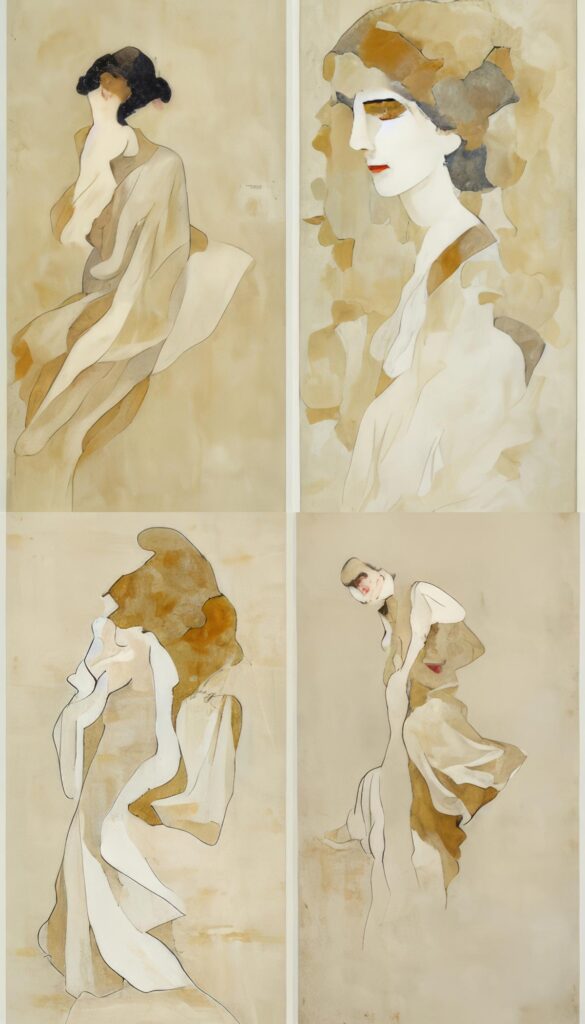Resurecting Egon Schiele
admin
The pursuit to resurrect the daring spirit of Egon Schiele as an artist is likely *GOALS* for every young artist.
His works seem so effortless, so obviously achievable, at least at first. After all, it’s just a bunch of twisted human bodies with slight technical skill?
The problem is that in order to achieve this level of contortion, you have to be a master of proportion, a master of skill in the medium, and a master in the understanding of the anatomy. I don’t know how else to explain it, but in order to break the rules, you must first know what rules to break. Only then can the artist achieve an emotional captivity with their audience. Call it what you will, but I think it’s an unexplainable human trait we all share to know what is wrong and what is wrong in an intentional and meaningful way.
Texture is another challenge to emulate… Schiele was both so incredibly messy and also so incredibly intentional.
Of course this makes for an incredibly interesting exploration with AI.
Trying to emulate Schiele’s work through the lens of artificial intelligence is a paradoxical odyssey. Schiele’s work, an impasioned ballet of contorted forms and raw human emotion, stands as a testament to the risks and rewards of vulnerability in art.
In attempting to emulate his style, AI becomes both an imitator and a mirror, reflecting the bold lines and poignant expressions characteristic of Schiele’s oeuvre.
Yet, herein lies the quandary: can a machine’s replication ever truly capture the human condition, the emotional depth that Schiele so profoundly rendered onto canvas?
With AI-generated images of women Schiele’s distinct style, I noticed a phenomenon: the AI’s “risks” are algorithmic iterations, mathematical musings devoid of the lived experiences that informed Schiele’s hand.
This raises a question about the intersection of art and artificiality—can the emotional resonance that emanates from human experience ever be authentically replicated by an AI?
The visceral quality of Schiele’s work, often a maelstrom of torqued and tortured souls, may indeed represent a frontier where human artists can claim a poignant victory over their digital counterparts.
The conversation inevitably spirals into the realm of artificial general intelligence (AGI) and the potential for machines to “feel.”
Is it within the realm of possibility that an AI, trained with enough data, could simulate the sensation of emotion? Or is there an ineffable quality to feeling that remains uniquely human? As we ponder these questions, we continue to engage with AI in this creative dance, pushing the boundaries of what it means to create and feel, and challenging the notion that machines could one day navigate the profound complexities of human emotions as deftly as artists like Schiele.
